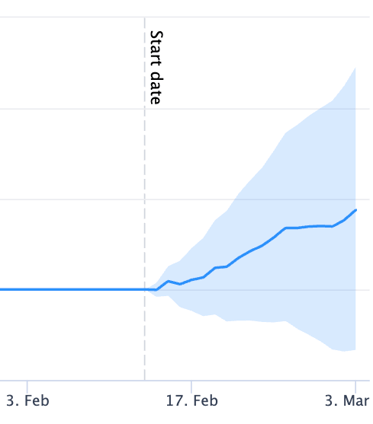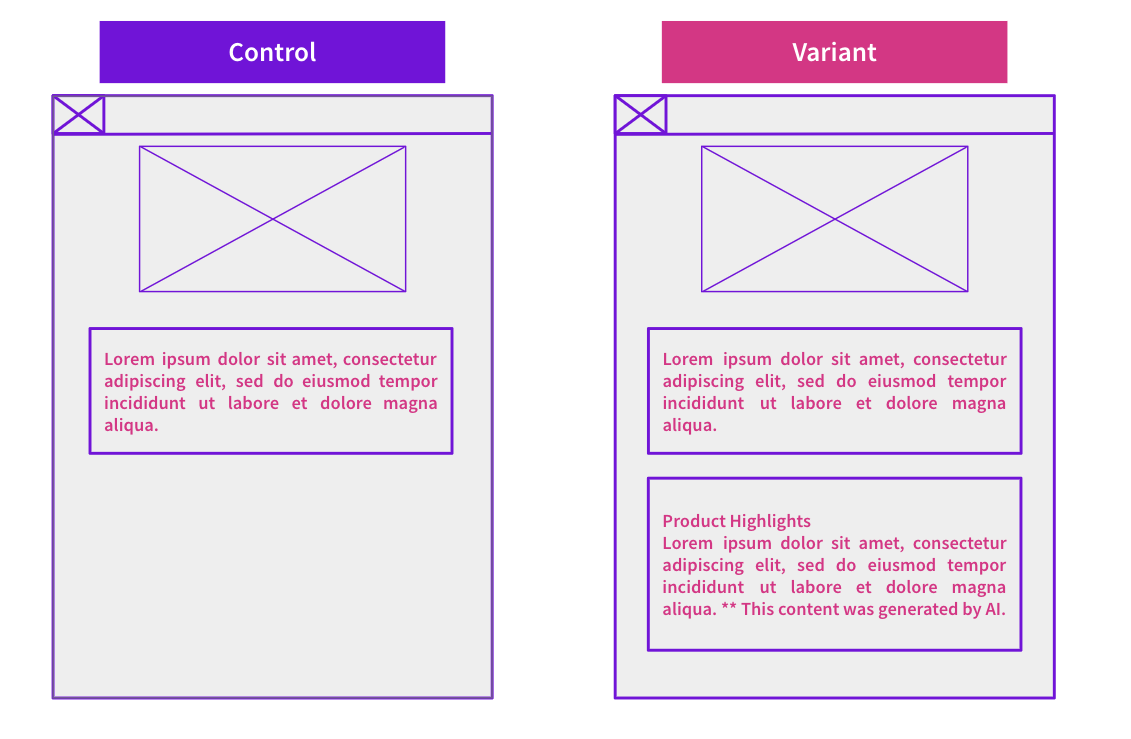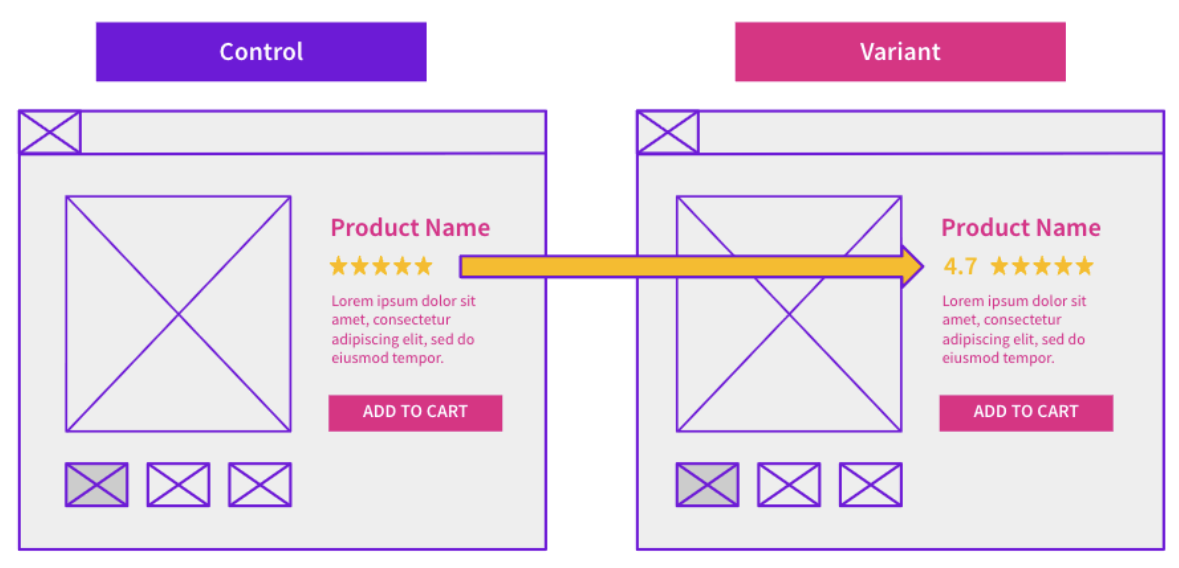Start here: how our SEO split tests work
If you aren't familiar with the fundamentals of how we run controlled SEO experiments that form the basis of all our case studies, then you might find it useful to start by reading the explanation at the end of this article before digesting the details of the case study below. If you'd like to get a new case study by email every two weeks, just enter your email address here.
In this week’s #SPQuiz, we asked our followers on LinkedIn and X/Twitter what they thought the impact was on organic traffic when a vehicle sales customer added Vehicle Listing schema on its individual vehicle pages to help Google show richer results.
Poll Results
80% of followers believed this addition would have a positive impact on organic traffic, while 20% thought it wouldn't have any significant impact.
The Case Study
Structured data has long been a staple of technical SEO, helping search engines better interpret and display webpage content.
In this case study, a vehicle sales company tested the impact of adding Vehicle Listing schema to pages with individual vehicle listings. The goal was to improve the appearance of these listings in search results, both by increasing their eligibility for rich results and potentially improving visibility for relevant user search queries. By surfacing more detailed information in SERPs, we aimed to make listings more compelling to users and drive higher click-through rates.
What was changed
We added Vehicle Listing schema markup to all individual vehicles on their vehicle detail pages, aiming to provide search engines with more specific information beyond what could be extracted from the page content alone.

What we were hoping to see
As this schema was designed to help Google extract information to display more vehicle-specific rich snippets in the SERP, we believed that more searchers might find this additional information more appealing, making the listings more prominent and useful at a glance, and improving ranking for relevant keywords.
.png?width=800&height=500&name=Untitled%20(800%20x%20500%20px).png)
Results

This test was ultimately inconclusive. We forecasted an estimated 1.7% increase in organic sessions, but at a 95% confidence level, we calculated that the real change in organic traffic could be anywhere between -1.3% and 4.9%. Since the confidence interval spans both negative and positive values, we cannot conclude with statistical certainty that the schema implementation had a meaningful impact.
The lack of a conclusive result suggests that, while the additional structured data may have provided better signals to Google, it didn’t lead to a measurable improvement in how users interacted with the listings or how Google ranked the pages.
One possible explanation is that Google was already able to interpret key vehicle attributes from the page content without needing explicit schema. Alternatively, it may be that the schema didn’t trigger visible changes in the search results that would influence user behavior, such as rich snippets or enhanced listings.
It’s worth noting that our customer was in an unusual situation for a vehicle seller. The vehicles they deal with aren’t cars, so specific schema properties for the Vehicle Listing schema, relevant to mileage, transmission, number of doors, and other similar attributes, were not applicable.
Shortly after this test was conducted, Google announced an upcoming deprecation of the Vehicle Listing schema. This change is part of a larger effort by Google to simplify the Google Search results page, removing displays that Google believes aren’t providing users with helpful information.
Google's decision to deprecate Vehicle Listing schema, citing that rich results aren’t valuable in SERPs, suggests that this schema was never a notable ranking factor. It also indicates that Google believes it can effectively rank vehicle listing pages in other ways.
This test highlights some critical truths about SEO. What works today may not work tomorrow, and what seems promising in theory may not deliver measurable results in practice. Structured data remains a valuable tool in the SEO toolkit, but it’s not a guaranteed win, especially as Google continues to evolve its interpretation and display of information. SEO strategies must be continuously tested, not just assumed.
If you're not running A/B tests on your site, you're relying on guesswork. SEO A/B testing allows you to make data-informed decisions, avoid wasted effort, and adapt quickly to search engine changes. To stay competitive in an evolving search landscape, make experimentation a core part of your SEO program.
To receive more insights from our testing, sign up for our case study mailing list, and please feel free to get in touch if you want to learn more about this test or our split testing platform more generally.
How our SEO split tests work
The most important thing to know is that our case studies are based on controlled experiments with control and variant pages:
- By detecting changes in performance of the variant pages compared to the control, we know that the measured effect was not caused by seasonality, sitewide changes, Google algorithm updates, competitor changes, or any other external impact.
- The statistical analysis compares the actual outcome to a forecast, and comes with a confidence interval so we know how certain we are the effect is real.
- We measure the impact on organic traffic in order to capture changes to rankings and/or changes to clickthrough rate (more here).
Read more about how SEO testing works or get a demo of the SearchPilot platform.




